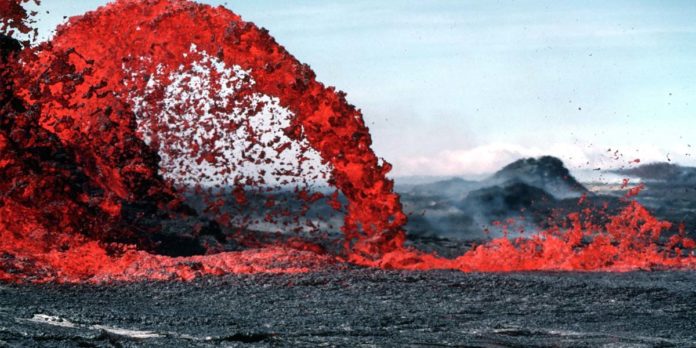Started in the morning on Jul. 18 2012 and ended the following day, the Kermadec Islands eruption was a critical submarine volcanic eruption caused by an “ignored” Havre Seamount active volcano.
Volcanologists weren’t aware of the eruption until Maggie de Grauw sighted a large pumice raft on Jul. 31 2012. She was traveling to Auckland, New Zealand from Faleolo in Samoa, and spotted it from a commercial flight early afternoon that day.
The eruption produced a large volume of low-density pumice that accumulated as a big floating pumice raft, originally covering 400 sq. km (150 sq. mi), but continuously enlarged to between 19,000 and 26,000 sq. km (7,500 and 10,000 sq. mi).
Within ninety days, the pumice continued to disperse to cover more than twice the size of New Zealand.
The raft’s thickness was believed to be as high as 11 feet at the initial time but reduced to around 0.5 meters (1 foot 8 inches) after a month.
Eventually, the mass diffused into thinner rafts and ribbons of floating pumice clasts. While some of it stranded in the Tonga Islands, Northern New Zealand, most waterlogged and sank into the sea.
One year after the eruption, some of the stranded clasts were found on Australia’s eastern coast.












